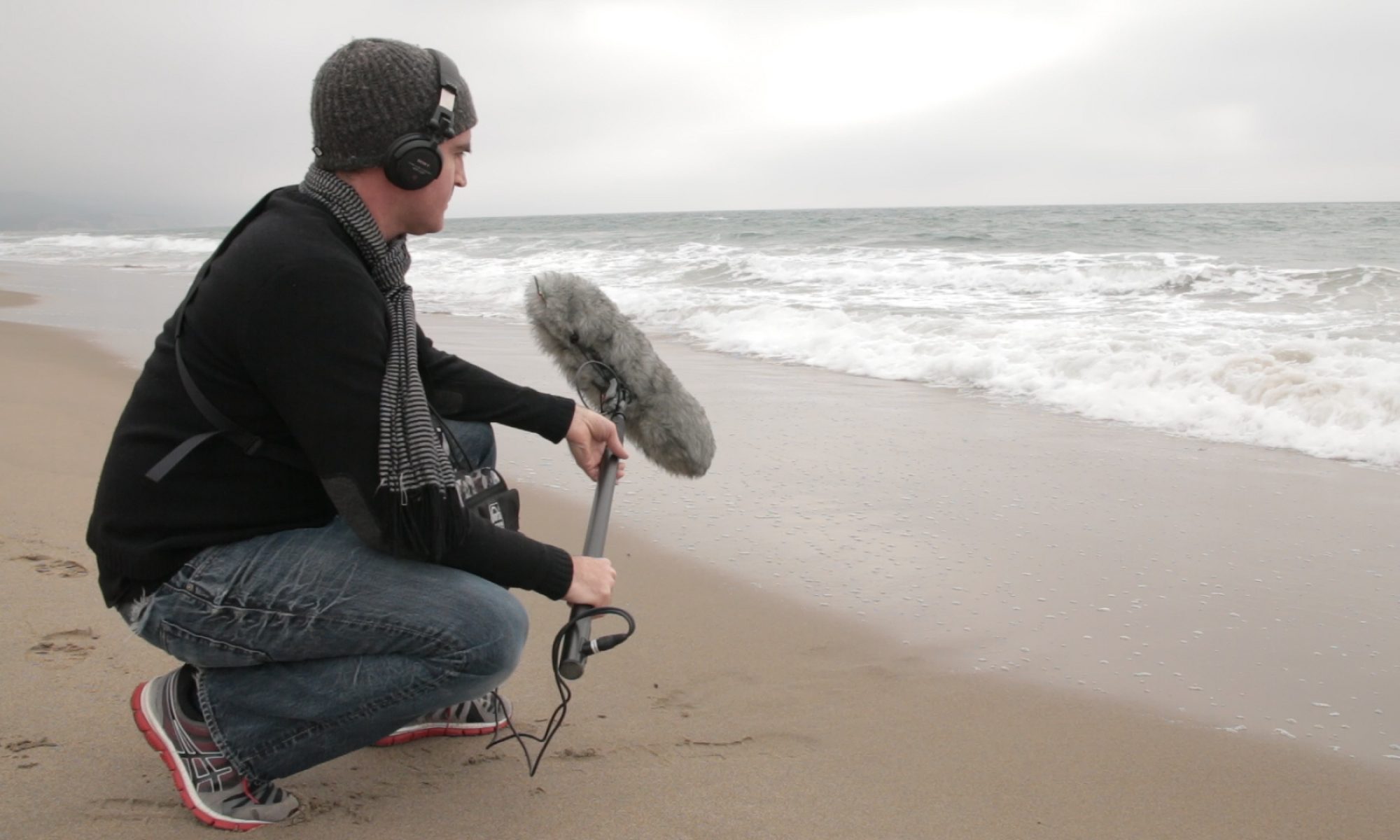I generally think of myself as more of a minimalist with a little “m.” In other words, one who embraces a more spare, spacious approach to composition. But I’ve also got a weak spot for the big “M” Minimalists like Philip Glass.
On a recent trip, I rediscovered one of his most popular works, Glassworks. There’s nothing quite like the experience of looking out the window of a passenger jet flying at 30,000 feet while listening to the frenetic, virtuosic playing of the Philip Glass Ensemble as they tear through the six movements of the composition. Maybe it’s his association with Godfrey Reggio’s Qatsi film trilogy that reinforces the perception of things in motion.
Of course, this minimalism may embrace a relatively slower approach to harmonic development, but there’s nothing minimal about the rhythms and emotional power of the piece. Interestingly enough, Glass intentionally composed Glassworks as a departure from the long-form, marathon compositions which made him famous. The six movements range from about five to seven minutes in length, making them some of the shortest of Glass’s compositions. They are a wonderful point of entry into the work of a great composer, and certainly exhibit all of the characteristics (aside from duration) for which Glass is famous.
On a related note, a colleague of mine stated recently that there’s nothing like listening to Steve Reich’s Music for 18 Musicians while driving through Joshua Tree National Park. I guess I’ll have to try that for myself someday soon. I’m sure he’s right.




